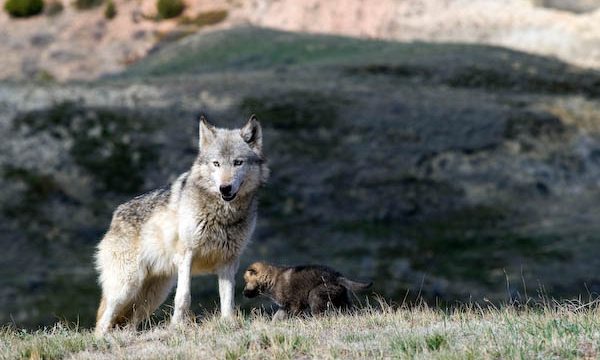What Has Hurt ND Wildlife More: Oil Development, Or Harsh Winters And High Crop Prices?

Fargo Forum reporter Patrick Springer is something of a punchline in North Dakota circles. He produces one-sided hit pieces that prompt much eye-rolling in public policy circles, his latest being a “special report” about conservation in North Dakota that’s so special he apparently couldn’t find anyone aside from conservation activists to interview for it. Nor does he even acknowledge trying.
Someone should tell Springer that calling something special doesn’t, in fact, make it special.
But reading between the lines of Springer’s overweening bias, there’s some interesting facts about conservation in North Dakota that often get glossed over.
The state is girding its loins for a titanic fight over a massive diversion of tax revenues to a slush fund for conservation groups (with mandated spending!!!), and the assumption is that it’s the oil industry that’s driving this hand-wringing about conservation.
That’s certainly how the conservation activists want to portray it. After all, “big oil” is not a very sympathetic opponent. But what if the real beef the conservationists have is with farmers?
Here’s a key sentence from Springer’s piece which he spends no time exploring:
“The Conservation Reserve Program peaked around 2006-07 at 3.4 million acres in North Dakota but fell to 1.5 million acres by last year, as farmers plowed conservation acres to plant crops fetching high prices.”
In other words, it’s not the oil boom that has cut the number of CRP acres in North Dakota in more than half. It’s farmers deciding that their land was worth more with crops on it, thanks to sky-high crop prices, than it was enrolled in a CRP program.
Can we blame farmers and ranchers for making that calculation in their own self-interest? Agriculture has always been North Dakota’s most important industry. These farmers shouldn’t be attacked for maximizing the value of their land, nor is the North Dakota public likely to look favorably on that sort of thing.
Which is no doubt why the conservationists are casting their fight as with the oil industry instead.
There’s also another factor that gets overlooked in the rush to blame wildlife issues on oil, which Springer describes as “ a string of harsh winters – 2008, 2009 and 2010 – that decimated many game species.”
Decimated. That’s a strong word, and an accurate one in this instance.
Still, the environmentalists would have us believe that it’s all “big oil” and that the solution is to channel a river of oil tax revenues into the pockets of conservation groups.
In truth, wildlife numbers will likely bounce back once we get back to some milder winters. And CRP land numbers will likely bounce back as well once crop prices fall back down to earth.
The conservation activists are looking for a long-term solution to what seems to be a short-term problem.




